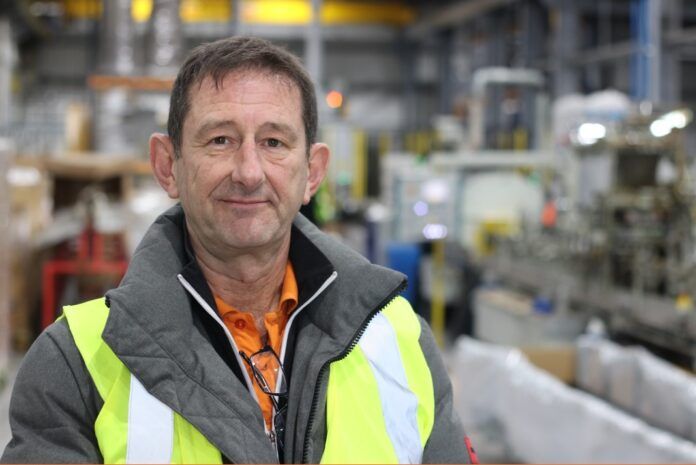
As an industry, we have talked ourselves into believing that we don’t need triple glazing to comply with building regulations, and that ‘clever doubles’ are more than sufficient.
In fact, we have talked ourselves out of pursuing volume triple glazing production because triple glazed units would be too heavy, they would put too much pressure on the hardware, they would cost too much to transport or they would need specialist lifting equipment on site.
But that’s set to change.
By now, you would have heard about the Future Homes Standard, which is due in 2025. We are still waiting for the exact figures, but we expect that windows and doors with a glazed area of more than 60% going into new build homes will need U-values of 0.9W/m²K or lower.
We’ve known that these performance requirements were on the cards for some time, so it really shouldn’t come as a surprise that the different elements that make up a window will have to perform better, including the sealed unit. And, because the best performing double glazed units can’t achieve anything lower than 1.0W/m²K, an increase in demand for triple glazing is almost certain.
This shouldn’t be a cause for concern. The only thing that stands in the way of widespread triple glazing is lack of preparation and investment.
We are already undergoing a period of investment, which will allow us to manufacture and distribute different spacer widths in greater quantities, alongside other components such as corner keys and desiccant.
Our most popular width of Thermobar is 20mm for a standard double glazed unit. We are installing new lines and storage facilities to manufacture and distribute Thermobar in 12mm, 14mm and 16mm widths, in preparation for the increase in demand for triple glazing. Thermobar is already the glazing industry’s most popular warm edge spacer bar, which is unlikely to change because it is Passivhaus-approved, thanks to its ultra-low thermal values.
We’ve also invested in our Thermoflex flexible spacer bar line, buying in a third twin-strand extruder which can produce all thicknesses including 4.8mm, 6.3mm and 7.3mm, and air spaces up to 28mm in twin strand. Because it is quicker than our existing equipment, it can produce more than double the quantity of product per shift on certain product types.
And we mustn’t forget the other products required for the manufacture of sealed units, including corner keys, desiccant, primary and secondary sealant and cloth tape. All components are tested at our laboratory before distribution, guaranteeing that they all work together effectively for a long-lasting sealed unit.
There are still two years before the new Future Homes Standard comes into force, but we need to prepare for the changes now, including partnering with the most prepared suppliers. Companies that prepare now will be the ones ready to take on the extra work when the new legislation comes into force.
Mark Hickox
Sales director, Thermoseal



